In Part 1 we explored the classification system in Burgundy, and, the importance of the different villages and individual vineyards.
Part 2 delves deeper into the vineyards. We’re looking specifically at cool climate vineyards, there is no universal vineyard recipe for every region and climate in the wine world.
Tiny Vines
In Australia, we have historically planted rows of vines wide enough apart to fit a standard tractor down them around 2.2m and with spacings of 1.2-2m between vines. Typically vines have a fruiting wire near waste height and the foliage grows to be above head height.
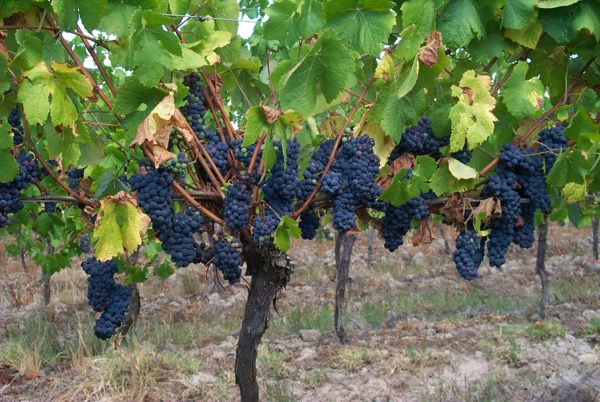
Burgundy is vastly different. Vines are planted in 1m wide rows, 1m apart. This means there’s 10,000 vines per hectare. This compares to about 2,000 vines per hectare in Australia. Each vine in Burgundy yields about 500grams of fruit, compared to 2.5kg per vine in a low yielding Australian vineyard.
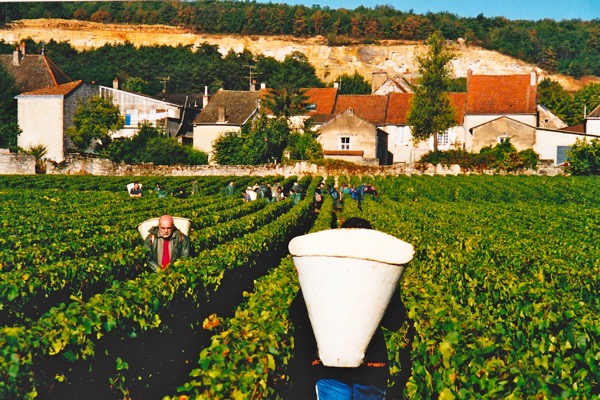
In Burgundy, the fruiting wire is closer to knee height and the foliage is lucking to grow past your arm pits. This might just be the reason most vineyard workers in Burgundy are on the shorter side! The vineyard work is back breaking, intensive, and, in all the great vineyards done by hand or horse!
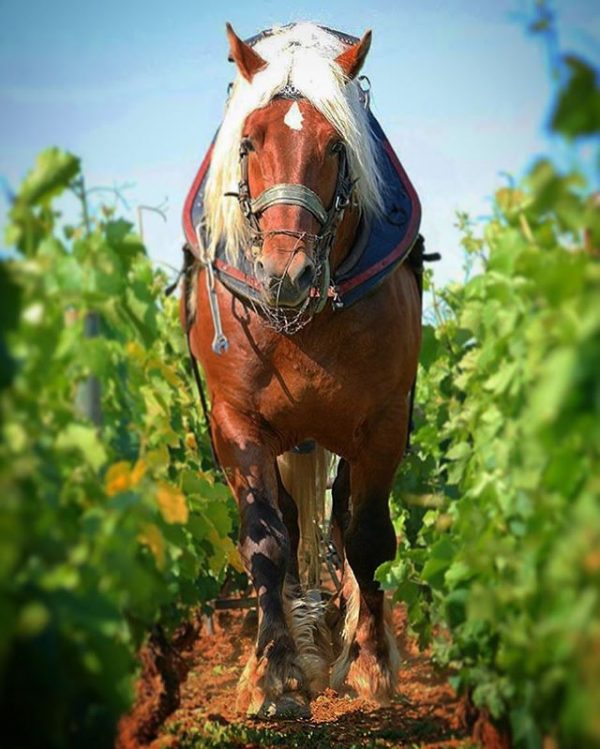
Why does all this matter?
For the same reason we are seeing more cool climate wineries in Australia convert to high density close planted vineyards! Think Bass Phillip, Bindi, Serrat.
Vines are weeds, to get the best out of them in cool climates, you need to control vigour and ensure each berry is being packed full of flavour, aroma, colour and quality tannin.
All of these things come from reserves stored in the vine trunk and roots.
So you need to get the amount of trunk and root for each kilo of fruit balanced. In a cool climate close planting gets us closer to the mark. In a vineyard spaced 1m x 1m each vine will have 6-8 shoots growing from it compared to 16-30 in Australia. Each shoot will yield 1-2 bunches of fruit with many growers cutting of the 2nd bunch on each shoot. Each bunch will weigh only 100grams.
It also creates competition between vines, so the weeds that they are, don’t put to much energy into growing leaves and shoots, and, at the right time of year put all the energy into making tasty berries.
Old Vines
We mentioned vine reserves store in the vines trunk and roots. This is the first reason vine age is important. When first planted the vines trunk is only pencil thick and it’s root system minimal.
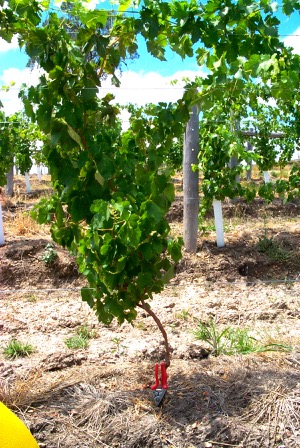
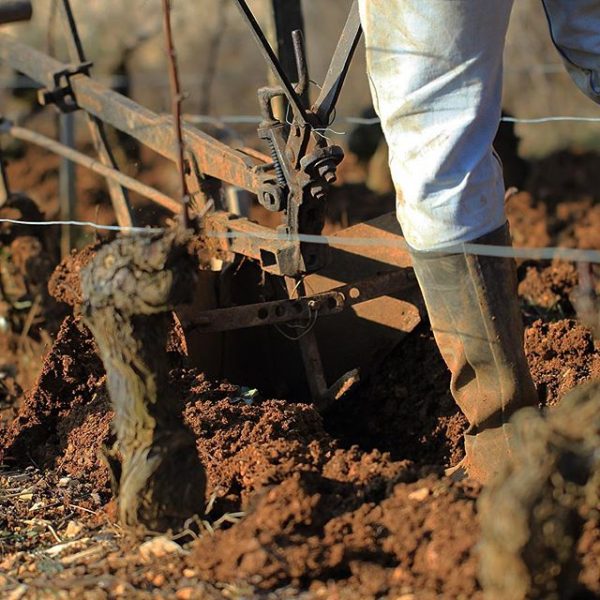
As it ages the trunk thickens, a head develops, and, the root system grows, penetrating as deep as it can into the ground. Eventually the truck and head of the vine thicken to the point of being a solid log of wood and the root system spreads wide and deep.
All of this vine system creates more space for reserves, that can, in turn, be used to create greater concentrations of flavour, aroma, colour and quality tannin.
Beyond this the vines reach a point of balance that more consistently gives the growing fruit that is balanced, acid, sugar, tannin and flavour coming together at optimal levels at the right time.
Often it means the fruit will be flavour ripe at lower sugar levels allowing a wine of lower alcohol to be made.
This is just one of the reasons we have seen Australian Pinot Noir improve dramatically in quality over the last 20years. Vine planted in the 1990’s are reaching an age where they are improving fruit balance and quality.
In Burgundy they’ve had the advantage of having old vines for generations. You’ll regularly see the term “Vielles Vignes” on wine labels, meaning old vines.
HOT TIP – If you see “Vielles Vignes” on a French wine label it’s a good thing!

The downside is that after a certain point, just like humans, vines start to decline, become less productive and a grower has to decide whether to rip out his vines and replant or maintain the quality at uneconomical yields! A tough decision when many only have enough vines to make a single barrel of wine from a particular vineyard. Many choose to rotate their vineyards pulling out a percentage each year, leaving the vineyard fallow for a year or two before replanting.
What does all this mean?
In the cool climate vineyards of Burgundy close planting and vine age are intrinsically linked to quality. Combined the two see balanced fruit packed with intense flavours and supple long tannins.
Stay tuned for the Burgundy Part 3. Join the Wine Decoded Community to make sure you don’t miss out it’s free!
We regularly have Burgundy offers. Check out our “Offers” page for current and past offers. Think Hubert Lignier, SC Guillard, Paul Pilot, Piere-Yves Colin-Morey, Bernard Moreau, Lignier-Michelot, Jadot, Lafarge, Gerard Raphet, Stephane Magnien, Leroy ……… and the list goes on.
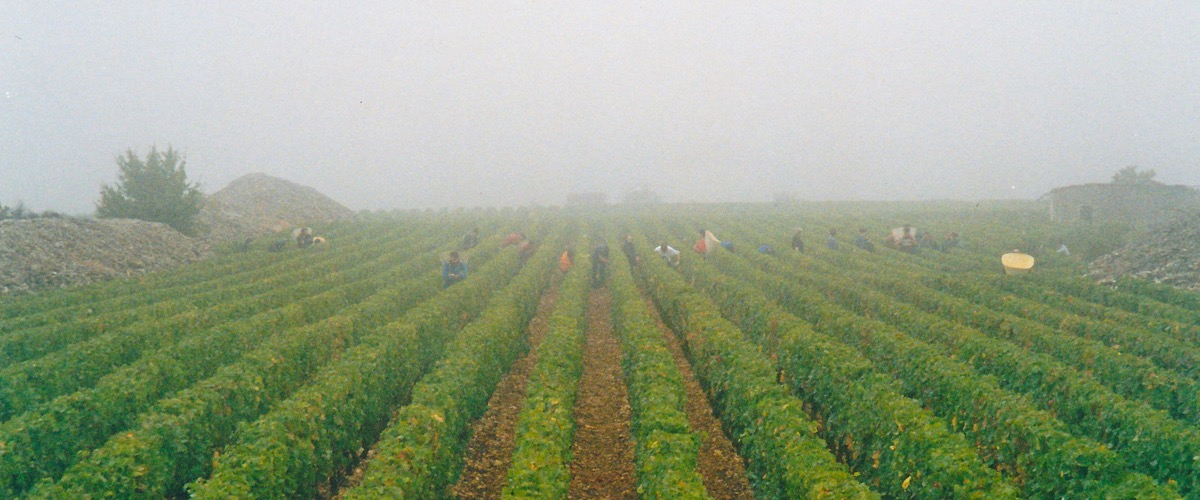
You must be logged in to post a comment.